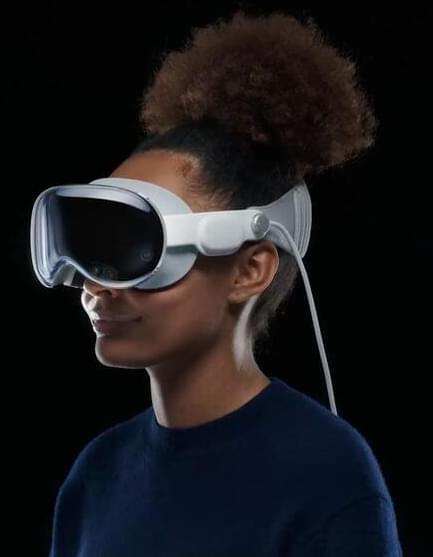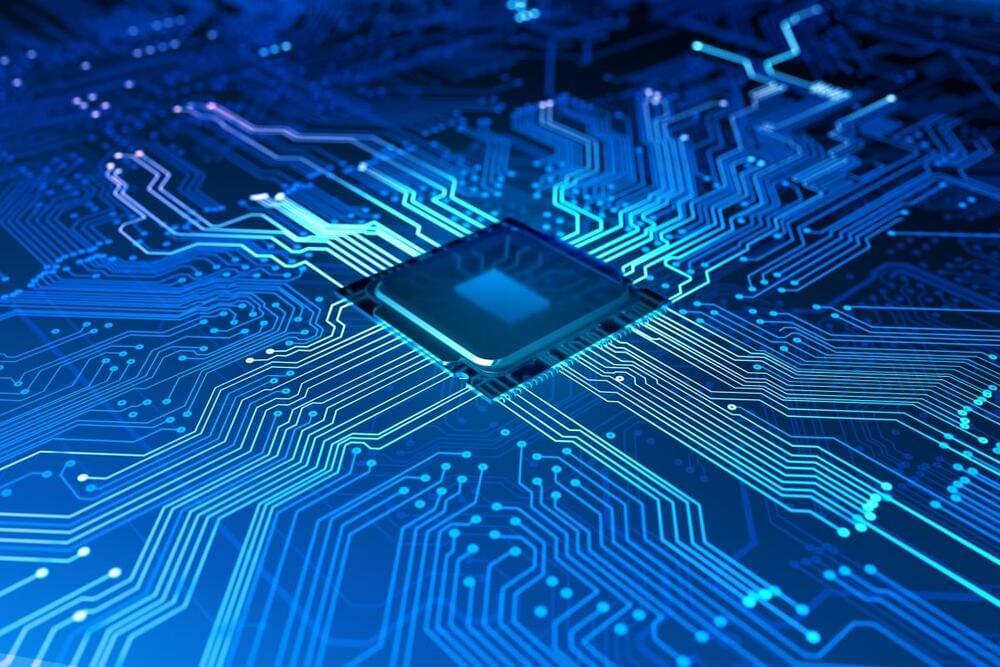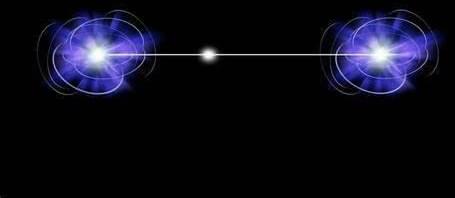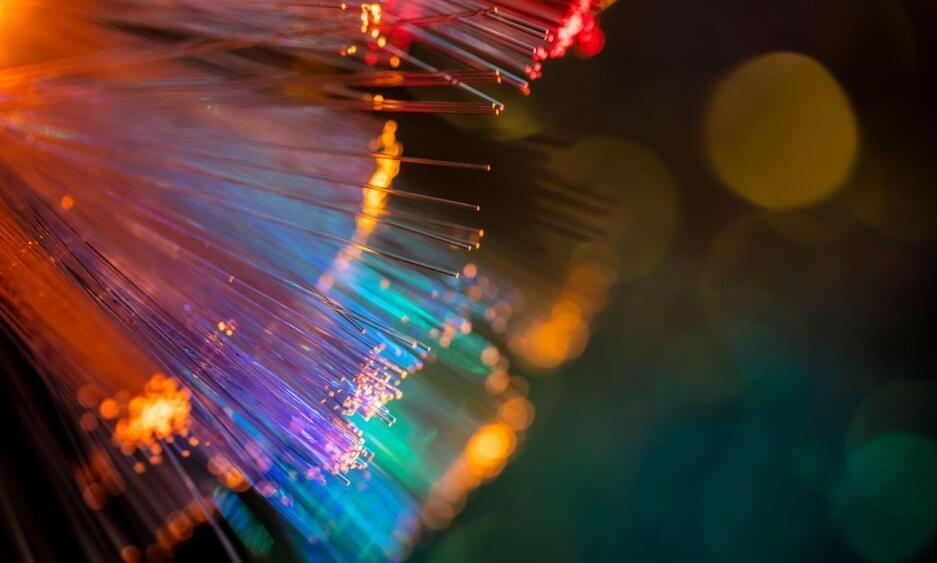AMD breaks records by launching a 128-core server CPU, a chip with 1GB of L3 cache, and a GPU with 192GB of VRAM.



Kairan Quazi announced the news in an impressive LinkedIn post, during which he explained how he’d begun his software engineering career at an early age.
While he kept post pretty professional, Quazi couldn’t help but gush about working for the ‘coolest company on the planet’.
Kairan Quazi is only in his teens, but has already graduated with a computer science degree before accepting a job with SpaceX.


If you tuned into Apple’s WWDC conference on June 5, you may have spotted the term ‘spatial computing’ in the company’s keynote.
Keep reading to learn everything you need to know about spatial computing.
Spatial computing is a term used to refer to machines that use human interaction to retain and manipulate real-life objects and spaces.

A former executive of Samsung Electronics stole the juggernaut’s confidential semiconductor data to build a copycat chip facility in China, South Korean prosecutors alleged on Monday.
The 65-year-old defendant, who also previously worked for Korean chipmaker SK Hynix, has been arrested. He has been accused of violating industrial technology protection laws and stealing trade secrets from 2018 to 2019 to establish a copy of Samsung’s semiconductor plant, just 1.5 kilometers away from Samsung chip factory in Xi’an, China.
The ex-Samsung exec’s attempt to build the copycat chip plant allegedly fell through after his backer, purportedly an undisclosed Taiwanese company, canceled more than a $6 billion (approximately 8 trillion won) investment into the project, prosecutors said. Instead, he received capital from investors in China and Taiwan to produce trial chip products based on Samsung’s technology.

A team led by Prof. Guo Guangcan from the Chinese Academy of Sciences (CAS) provides a comprehensive overview of the progress achieved in the field of quantum teleportation. The team, which includes Prof. Hu Xiaomin, Prof. Guo Yu, Prof. Liu Biheng, and Prof. Li Chuanfeng from the University of Science and Technology of China (USTC), CAS, was invited to publish a review paper on quantum teleportation in Nature Review Physics.
As one of the most important protocols in the field of quantum information, quantum teleportation has attracted great attention since it was proposed in 1993. Through entanglement distribution and Bell-state measurement, quantum teleportation enables the nonlocal transmission of an unknown quantum state, which has deepened the understanding of quantum entanglement. More importantly, quantum teleportation can effectively overcome the distance limitation of direct transmission of quantum states in quantum communication, as well as realize long-range interactions between different quantum bits in quantum computing.
The team has been at the forefront of experimental studies on high-dimensional quantum teleportation and quantum networks. Their notable achievements include the successful preparation of the world’s highest fidelity 32-dimensional quantum entanglement, the effective transmission of high-dimensional entanglement over 11 kilometers of optical fiber, and the development of efficient techniques for quantum entanglement detection. They have also made significant progress in areas such as high-dimensional quantum dense coding, high-dimensional quantum guidance, and high-dimensional quantum teleportation.

It has 19 cores which can each carry a signal and can be adopted without any infrastructure changes.
An international collaboration of researchers has achieved a new speed record after transferring 1.7 petabits of data over 41 miles (67 km) of standard optical fiber cable. That’s the equivalent speed of 17 million broadband internet connections.
Optical fiber cables are a critical component of the modern world of the internet, where they connect data centers, satellite ground stations, mobile phone towers as well as continents to one another.
Here’s my new article for Aporia Magazine. A lot of wild ideas in it. Give it a read:
Regardless of the ethics and whether the science can even one day be worked out for Quantum Archaeology, the philosophical dilemma it presents to Pascal’s Wager is glaring. If humans really could eradicate the essence of death as we know it—including even the ability to ever permanently die—Pascal’s Wager becomes unworkable. Frankly, so does my Transhumanist Wager. After all, why should I dedicate my life and energy to living indefinitely through science when, by the next century, technology could bring me back exactly as I was—or even as an improved version of myself?
Outside of philosophical discourse, billions of dollars are pouring into the anti-aging and technology fields—much of it from Silicon Valley and the San Francisco Bay Area where I live. Everyone from entrepreneurs like Mark Zuckerburg to nonprofits like XPRIZE to giants like Google is spending money on ways to try to end all diseases and overcome death. Bank of America recently reported that they expect the extreme longevity field to be worth over $600 billion dollars by 2025.
Technology research spending for computers, microprocessors, and information technology is even bigger: $4.3 trillion dollars is estimated to have been spent worldwide in 2019. This amount includes research into quantum computing, which is hoped to eventually make computers hundreds—maybe thousands—of times faster over the next 50 years.
Despite the advancements of the 21st Century, the science to overcome biological death is not even close to being ready, if ever. Over 100,000 people still die a day, and in some countries like America, life expectancy has actually started going slightly backward. However, like other black swans of innovation in history—such as the internet, combustion engine, and penicillin—we shouldn’t rule out that new inventions may make humans live dramatically longer and maybe even as long as they like. As our species reaches for the heavens with its growing scientific armory, Pascal’s Wager is going to be challenged. It just might need an upgrade.

Quantum Brilliance, the company behind miniaturized, room-temperature quantum computing products, has announced the general availability of Qristal SDK.
Previously available in beta, Qristal SDK is an open-source software development kit designed for researching applications integrated with its diamond-based quantum accelerators.

Daniel Lidar, the Viterbi Professor of Engineering at USC and Director of the USC Center for Quantum Information Science & Technology, and first author Dr. Bibek Pokharel, a Research Scientist at IBM Quantum, achieved this quantum speedup advantage in the context of a “bitstring guessing game.”
By effectively mitigating the errors often encountered at this level, they have successfully managed bitstrings of up to 26 bits long, significantly larger than previously possible. (For context, a bit refers to a binary number that can either be a zero or a one).
Quantum computers promise to solve certain problems with an advantage that increases as the problems increase in complexity. However, they are also highly prone to errors, or noise. The challenge, says Lidar, is “to obtain an advantage in the real world where today’s quantum computers are still ‘noisy.’”.